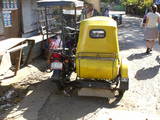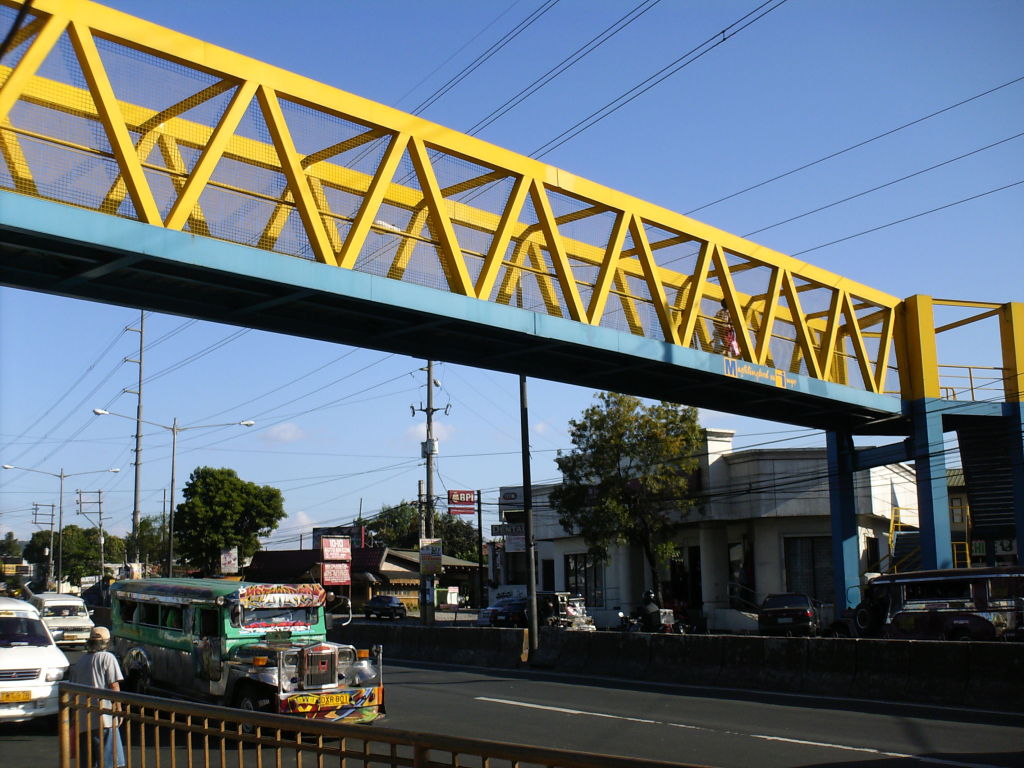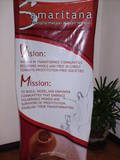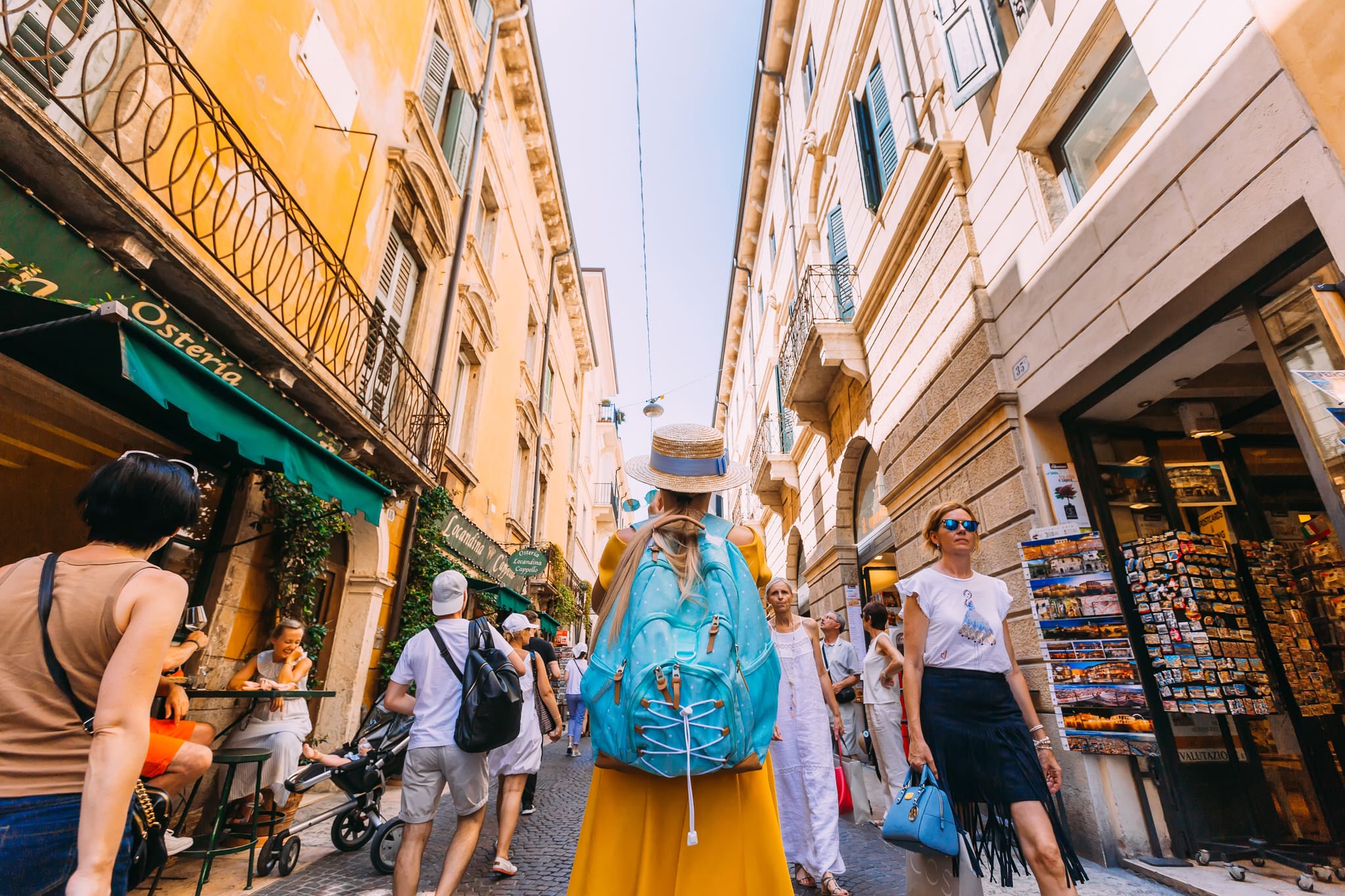1/8/11
Last afternoon, Angie Blattner (another Racer), two Taylor students (there happen to be about 25 of them staying here right now doing their undergraduate internships for social work and teaching), and Cecil (one of the social workers who works here at Kids International Ministries for Jeepney – a magazine sold by homeless vendors that focuses on social justice issues) took a tricycle and two Jeepney’s, both are common forms of public transportation here in the Philippines, to another ministry called Samaritana for the evening.




Ati Becky (Ati signifies aunt or friend but I don’t know if I’m spelling it right, most women have this title as a sign of respect and the older women are called nan and then their name) gave us the orientation. She educated us that we are basically going out in an attempt to form and build relationships with the prostitutes in the area. The community is aware of the ministry of Samaritana and there are four peer leaders who are on staff and were former prostitutes in the area who now work for Samaritana. There are also several Samaritana-friendly bars and Samaraitana-unfriendly bars. We learned that there are “floor managers” who own the bars and operate as the pimps for these women. They are all aware of the ministry though there are varying levels of acceptance of it (from not at all to welcoming with open arms).
We were told that our function is to go and have conversations with the women. It is very common and appropriate small talk to ask how old someone is, how many children they have, personal information but not too deep. We were warned not to ask how much a women made from each customer, how many customers she has in a night, or anything along those lines. We were informed that we were in a poorer part of town so most of the customers are Filipinos. We were also informed that most of the higher-end prostitutes are near the military base where you will find more foreigners as customers. We were also informed that prostitution really became more of a trade when the military base was set up – supply and demand, I guess.
After orientation, we ate a lovely traditional Filipino dinner of adobo chicken (not sure if it’s spelled correctly). We heard about some victories in the community that have occurred since World Vision has come into the neighborhood and started reaching out to the younger girls who are prostituting themselves (since Samaritana only works with adults). We also had a conversation that would likely burst many stereotypes of prostitutes, learning that many of the women enter the trade without their family’s knowledge and to be able to support their families. It was decided that Angie and I would go to the bar district and the Taylor women would go to the streets. And out we went.
I don’t know what you think of when you picture a bar district in the Philippines, but my expectations were quite different than reality. Chris explained that during the day you often wouldn’t be aware that a bar is there since on the outside it looks like a simple business. However, in the evening the doors are opened, lights flash outside and then it’s a bar. We didn’t go inside any of them, but you could peer in and see that it looked like one of your sketchier friend’s basements. They were small, dimly lit rooms with sheets on the wall. Oftentimes there was a TV which likely had vidoeke (video karoke) on, except since it was in a bar instead of just having the words on the screen there would also be a scantily clad woman on the screen crawling around.
We didn’t spend too much time at any one bar. There were tables set up outside and we would briefly chat with women there; many of them old friends of the peer leaders we were with. We met a floor manager who was a fifty-one year old woman and a former prostitute herself. It is pretty common for former prostitutes to become floor managers. She was very supportive of the ministry of Samaritana aware that the ministry was there to help the women and encouraged many of the women to take advantage of the free medical services. She told us if we had arrived a little earlier we would have been welcomed inside for the live show – I think she half shared this in a joking manner knowing that it would have made us uncomfortable but also half serious as her way of being hospitable to us.
One woman seemed very uncomfortable talking to us, wouldn’t look directly at us, and only provided one to two word answers. We were told by the peer leaders afterwards that many of the women are “snobby” and don’t realize the ministry is there to help. Rosalina (one of the peer leaders we were with) spoke with that woman individually after our conversation, and the woman shared that she is planning on stopping by Samaritana when she has time in the near future.
Chris has only been working at the ministry for a couple months but was able to share some enlightening stories of her time doing outreach. The story that stood out the most to me was of a forty-something year old woman she had met and who had been a prostitute for over twenty years. Chris shared that you could see in her eyes that her soul was dead; I’ve seen that look before and I can’t seem to shake that imagry from my mind.
We went home shortly after, waited for the other team to return, and then debriefed on our evening. Then we were allowed to go to the store and buy jewelry made by the women – which is a skill they are taught to help them transition out of the trade and learn a new marketable skill (there is an online store available through their website). We were also blessed with being able to spend the night there since they didn’t want us traveling back so late.
It was an eye-opening experience. I have met and worked with several prostitutes through some of my jobs in the states; however, almost all of the women I knew who were prostitutes did so to feed their addictions. It was different here, it is out of a different form of desperation.








